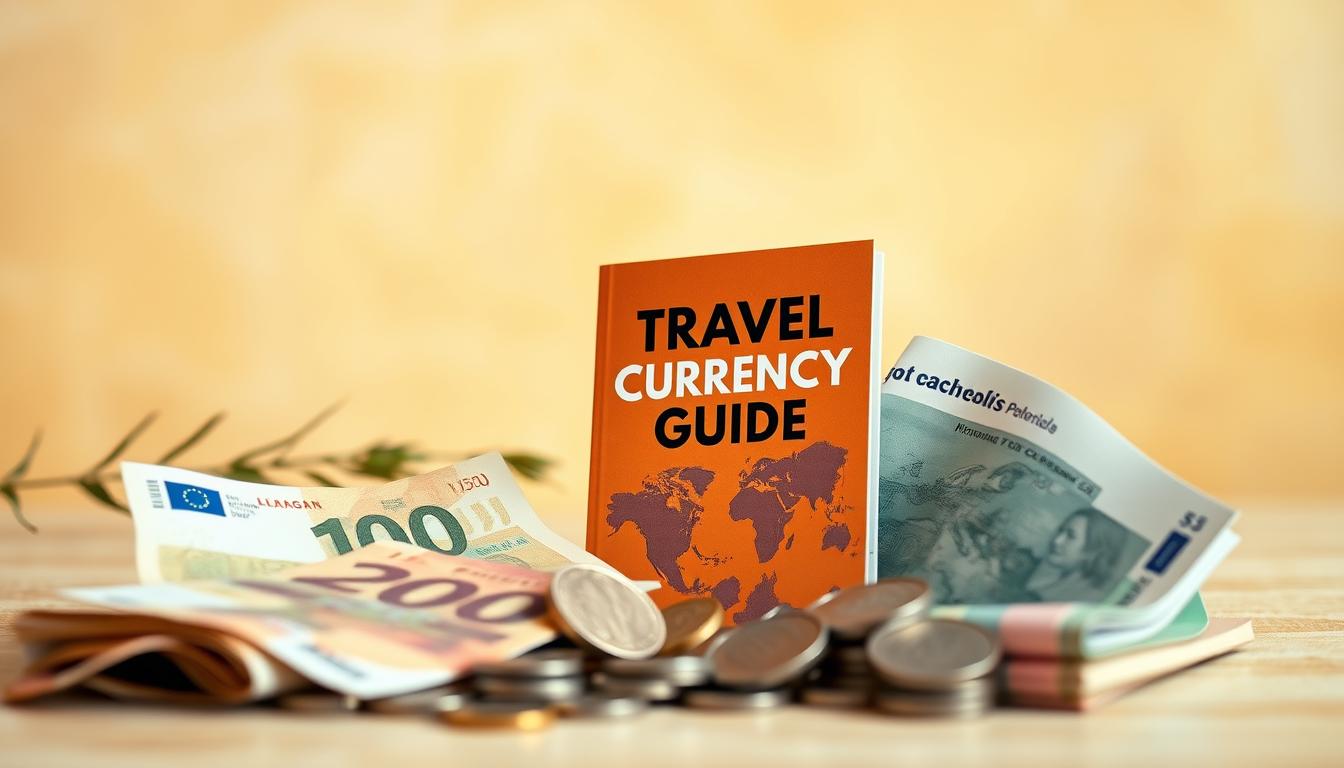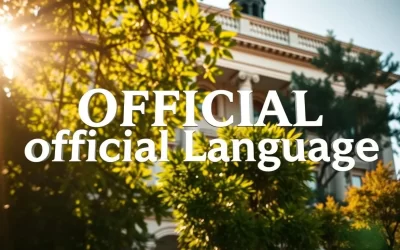Did you know that the average daily spending for a mid-range traveler in certain destinations can exceed $200? Managing your money wisely is key to enjoying your journey without stress. Understanding the local currency and exchange rates can save you both time and cash.
Whether you’re dining at a restaurant or exploring the city, knowing your payment options is essential. Using the right card can help you avoid unnecessary fees and stay within your budget. This guide will help you navigate the best ways to handle your finances while traveling.
From comparing different cards to tips on saving money, you’ll find everything you need to plan a hassle-free trip. Let’s dive in and make sure you’re prepared to make the most of your adventure!
Preparing for Your Trip to Monaco
A well-prepared itinerary ensures a smooth and enjoyable journey. Start by mapping out your plans and checking visa requirements. Many countries allow visa-free access for short stays, but it’s always best to confirm before you go.
Planning Your Itinerary and Visa Requirements
Researching accommodations, restaurants, and local attractions can save you time and money. Look for deals on travel websites or apps to secure the best prices. Early planning often leads to better options and lower costs.
Don’t forget to align your itinerary with your budget. This way, you can enjoy your trip without overspending. Flexibility is key—adjust your plans if costs vary after arrival.
Setting a Travel Budget and Cost Expectations
Understanding daily costs is crucial for managing your money. In Monaco, expect to spend around $265 per night for accommodation and $64 for meals. Public transportation costs about $22 per day, while entertainment averages $56.
Using a credit card with no foreign transaction fees can help you save. Also, consider travel insurance for emergencies. Planning ahead ensures you’re prepared for any situation.
Understanding the Currency Landscape in Monaco
Navigating the currency landscape can make or break your travel experience. In Monaco, the official currency is the euro (EUR). This means the U.S. dollar (USD) is not accepted for everyday transactions. Knowing this upfront can save you time and hassle during your trip.
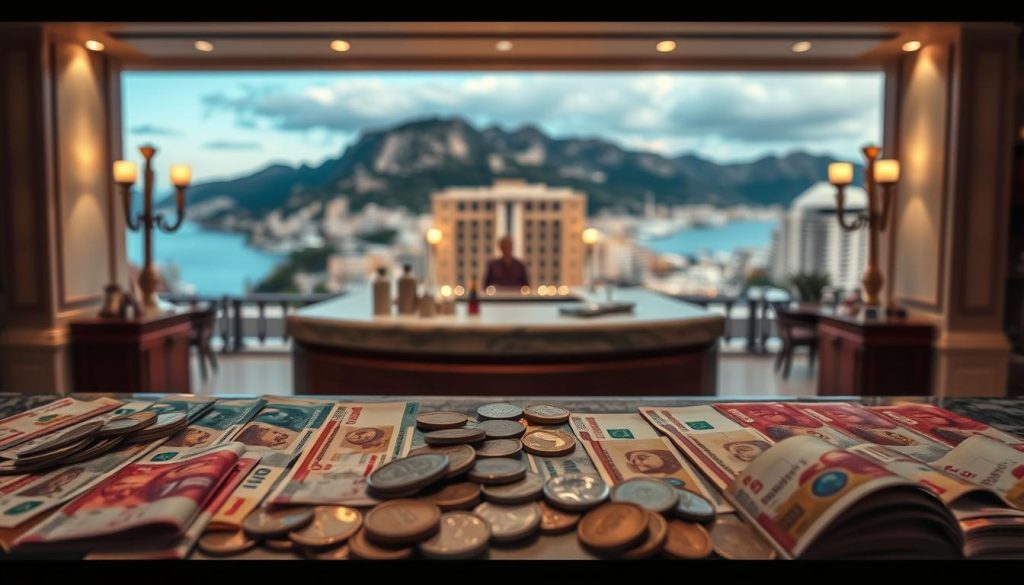
Euro vs. Other Currencies
The euro is widely used across Europe, making it a convenient choice for travelers. If you’re coming from a country with a different currency, like the USD or GBP, you’ll need to exchange your money. Keep in mind that exchange rates vary between providers. Some offer better deals than others.
For example, services like Wise and Monzo provide competitive rates close to the mid-market rate. This is the rate banks use to trade currencies among themselves. It’s often the fairest rate you can get. Avoid exchanging money at airports or hotels, as they typically charge higher fees.
How Exchange Rates Impact Your Spending
Exchange rates play a big role in your travel budget. Even small fluctuations can affect how much you spend. For instance, if the euro strengthens against your home currency, your money won’t go as far. Monitoring live rates can help you plan your spending better.
Local merchants often price goods based on the mid-market rate. However, some may add a markup. Using a credit card with no foreign transaction fees can help you avoid extra charges. This way, you’ll get the best value for your money.
By understanding the currency landscape, you can make smarter financial decisions. This ensures a smoother and more enjoyable trip.
Should You Exchange USD to EUR Before Traveling?
Exchanging currency before you travel can save you time and money. It’s a smart way to prepare for your trip and avoid last-minute stress. By securing a better exchange rate at home, you can reduce overall costs and focus on enjoying your journey.
Advantages of Exchanging Before Departure
Exchanging money before you leave has several benefits. First, you’ll avoid the hassle of finding a reliable currency exchange service upon arrival. Second, you’ll likely get a better rate compared to local options, especially at airports or hotels.
Using a travel card can also help. Cards like Wise or Monzo offer competitive rates close to the mid-market rate. This ensures you get the most value for your money. Plus, you’ll save on foreign transaction fees that can add up quickly.
Comparing Local vs. Pre-Travel Rates
Local exchange rates in tourist areas often come with hidden fees. For example, airport exchanges typically charge higher rates due to their captive market. In contrast, pre-travel exchanges in the U.S. usually offer more favorable rates.
To secure the best deal, check reliable currency conversion websites for live rates. This helps you plan your spending and avoid surprises. Remember, even small differences in rates can impact your budget significantly.
Preparing your funds in advance ensures you’re ready to explore without delays. Whether you’re dining at a restaurant or shopping, having the right currency on hand makes everything easier.
Tips for Exchanging Money in Monaco
Smart money management can make your trip smoother and more enjoyable. Knowing where and how to exchange currency ensures you get the best value while avoiding unnecessary fees. Here’s how to navigate the process like a pro.
Avoiding Airport and Hotel Exchange Pitfalls
Exchanging money at airports or hotels might seem convenient, but it often comes with high fees and poor rates. These locations charge more because they know travelers are in a hurry. Instead, look for reputable local exchange providers in the city.
Check the mid-market rate before making any transactions. This is the fairest rate banks use to trade currencies. Many exchange services add a markup, so comparing rates can save you money. Always ask about hidden fees to avoid surprises.
Smart ATM Practices and Local Exchange Providers
Using ATMs is a great way to get cash in the local currency. Choose ATMs that charge in EUR to avoid dynamic currency conversion fees. This option ensures you get a better rate and fewer extra charges.
Travel cards like Wise or Monzo are excellent alternatives. They offer competitive rates and low fees, making them ideal for frequent travelers. With these cards, you can withdraw cash or pay directly without worrying about foreign transaction fees.
By following these tips, you can manage your money wisely and focus on enjoying your journey. Whether you’re dining at a restaurant or exploring the city, having the right currency on hand makes everything easier.
Payment Options in Monaco
Understanding your payment options can make your trip smoother and more enjoyable. In this city, both cash and cards are widely accepted, giving you flexibility in how you manage your spending. Whether you’re dining at a restaurant or shopping, knowing the best way to pay can save you time and money.
Debit and Credit Card Usage
Debit and credit cards are commonly used across hotels, shops, and restaurants. Most places accept contactless, chip, and PIN options, making transactions quick and easy. However, it’s wise to carry some EUR cash for smaller purchases or places that prefer cash payments.
Using a travel card can also be a smart move. Cards like Wise or Monzo offer competitive exchange rates and low fees. They’re ideal for avoiding foreign transaction charges, which can add up quickly. Always check if your card charges fees for international use to keep your budget intact.
ATMs are widely available, but choose ones that charge in EUR to avoid dynamic currency conversion fees. This ensures you get the best rate and fewer extra charges. Withdrawing cash when needed gives you flexibility, especially for smaller transactions or tipping.
Contactless payments using mobile wallet apps are also gaining popularity. They’re convenient, secure, and widely accepted in most places. This modern payment method lets you focus on enjoying your trip without worrying about carrying too much cash.
By understanding your payment options, you can manage your money wisely and make the most of your journey. Whether you’re exploring the city or relaxing at a restaurant, having the right payment method on hand ensures a hassle-free experience.
Monaco: Ultimate Travelers Guide to Currencies & Payments
Travel cards are a game-changer for managing your finances abroad. They offer low-cost, transparent conversions using the mid-market rate, ensuring you get the best value for your money. Whether you’re dining at a restaurant or shopping, a travel card simplifies your spending and keeps your budget intact.
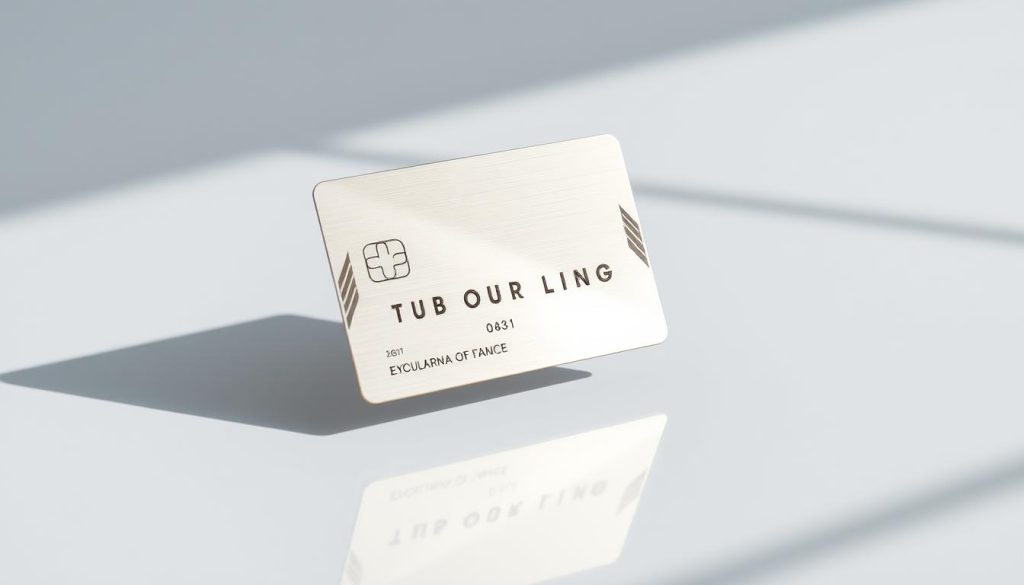
How a Travel Card Can Benefit You
Travel cards like the Wise Multi-Currency Card provide secure payments and access to cash withdrawals. They avoid dynamic currency conversion fees, which can add up quickly. Linked apps allow you to manage your money seamlessly, giving you real-time updates on your spending and exchange rates.
Emergency support and fraud protection are added benefits. If your card is lost or stolen, you can freeze it instantly through the app. This peace of mind ensures you’re prepared for any situation while traveling.
Flexible Payment Methods for Peace of Mind
Flexibility is key when managing your money abroad. Travel cards support contactless payments and mobile wallet integration, making transactions quick and secure. For example, Apple Pay and Google Pay are widely accepted in most places, reducing the need to carry cash.
Real examples show how card usage can lower exchange fees and avoid excessive charges. By choosing a travel card that suits your needs, you can enjoy your trip without worrying about hidden costs.
Whether you’re exploring a new city or relaxing at a restaurant, travel cards provide the flexibility and security you need. They’re the smart way to handle your money while making the most of your journey.
Guide to International Travel Money Cards
Choosing the right travel card can simplify your financial planning abroad. These cards are designed to help you manage your spending, avoid unnecessary fees, and get the best exchange rates. Whether you’re a frequent traveler or planning a single trip, understanding your options ensures a smoother experience.
Wise Multi-Currency Card Features
The Wise Multi-Currency Card stands out for its flexibility and low fees. It supports over 40 currencies, making it ideal for travelers visiting multiple countries. You’ll get access to the mid-market exchange rate, which is often the fairest option available.
With the Wise app, you can manage your spending in real-time and top up your card easily. The card also offers emergency support, allowing you to freeze it instantly if lost or stolen. This level of security and convenience makes it a top choice for many travelers.
Comparing Top Providers like Chime, Monzo & More
When selecting a travel card, it’s essential to compare providers. Chime offers fee-free ATM withdrawals and early direct deposit, while Monzo provides competitive rates and budgeting tools. Netspend is another option, though it may have higher fees for certain services.
PayPal also offers a travel card with cashback rewards, but its foreign transaction fees can add up. Each provider caters to different needs, so consider your budget and spending habits before deciding.
Using a specialized travel card can save you money on fees and ensure better exchange rates. By comparing features, you can find the best fit for your trip and enjoy greater flexibility while abroad.
Managing Foreign Transaction and ATM Fees
Foreign transaction fees can quickly add up if you’re not careful. These fees are charged when you use your card abroad, often ranging from 1% to 3% of the transaction amount. Avoiding these costs can help you stay within your budget and make your trip more enjoyable.
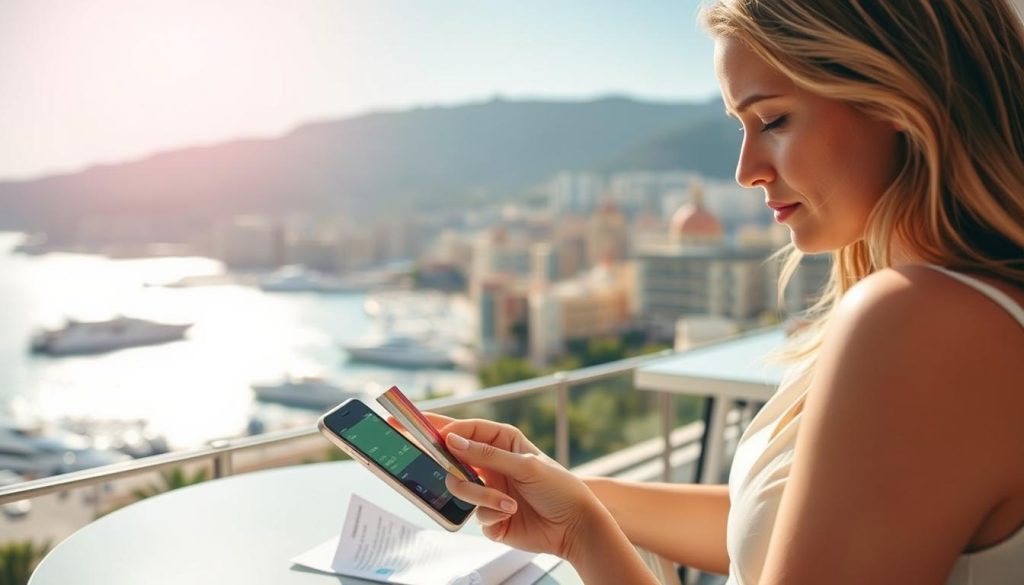
What Are Foreign Transaction Fees?
Foreign transaction fees are extra charges added to purchases made in a different currency. For example, if you’re using a U.S. credit card in Europe, you might pay a fee for converting USD to EUR. These fees can impact your spending significantly, especially if you’re making frequent transactions.
Strategies to Avoid or Minimize Fees
One of the best ways to avoid fees is by using a travel card like Wise or Revolut. These cards offer competitive exchange rates and low or no foreign transaction fees. Another tip is to withdraw larger amounts of cash at once to minimize frequent ATM charges.
Always check your card’s fee structure before traveling. Some banks waive fees for international withdrawals if you use partner ATMs. Planning ahead can save you both time and money.
Fee-Free Providers and Solutions
Several providers offer fee-free solutions for overseas spending. For example, the Wise Multi-Currency Card allows you to hold and convert money in over 40 currencies without extra charges. Similarly, Revolut offers three account plans with free ATM withdrawals up to a certain limit.
| Provider | Features | ATM Withdrawal Limit |
|---|---|---|
| Wise | 40+ currencies, mid-market rate | 7,000 AUD/month |
| Revolut | 30+ currencies, budgeting tools | 3,000 GBP/day |
| Travelex | 10 currencies, no overseas ATM fees | 3,000 AUD/day |
Using Mobile Apps to Monitor Fees
Many travel cards come with mobile apps that let you track your spending in real-time. These apps also provide alerts for fees and exchange rate changes. For example, the Wise app allows you to freeze your card instantly if it’s lost or stolen, adding an extra layer of security.
Plan Ahead for Fee-Free Spending
Planning your spending strategy can help you avoid unnecessary fees. Use fee-free providers, check your card’s terms, and withdraw cash wisely. By taking these steps, you can focus on enjoying your trip without worrying about extra costs.
Exchange Rate and Conversion Insights
Understanding exchange rates can significantly impact your travel budget. Knowing how to navigate currency conversions ensures you get the best value for your money. One key concept to grasp is the mid-market rate, often regarded as the fairest exchange rate available.
What Is the Mid-Market Rate?
The mid-market rate is the rate banks use to trade currencies among themselves. It’s considered the most transparent and fair rate because it doesn’t include markups or hidden fees. When you exchange currency, providers often add a margin to this rate, increasing your cost.
For example, if the mid-market rate for USD to EUR is 0.92, a provider might offer you 0.90. This small difference can add up over time, especially if you’re exchanging large amounts. Always check the live mid-market rate before making any transactions to ensure you’re getting a fair deal.
How to Use the Mid-Market Rate to Your Advantage
Many websites and apps track live mid-market rates, making it easy to compare what you’re offered. Tools like Wise or XE provide real-time updates, helping you make informed decisions. If you’re exchanging currency at a bank or exchange service, ask for their rate and compare it to the mid-market benchmark.
Negotiating better rates is also possible if you’re exchanging large sums. Providers are often willing to offer discounts to secure your business. This proactive approach can save you significant money over the course of your trip.
Real-Life Examples of Mid-Market Rate Usage
Let’s say you’re planning a trip to Europe and need to convert USD to EUR. The mid-market rate is 0.92, but your bank offers 0.90. By exchanging $1,000, you’d lose $20 due to the markup. Using a service like Wise, which offers rates close to the mid-market rate, ensures you get the most value for your money.
Small differences in rates can have a cumulative effect. Over a month-long trip, these savings can add up, giving you more flexibility in your spending. Monitoring rates and choosing the right service can make a big difference.
| Service | Exchange Rate | Fees |
|---|---|---|
| Bank | 0.90 | $10 |
| Wise | 0.92 | $2 |
| Airport Exchange | 0.88 | $15 |
By understanding the mid-market rate and how it works, you can make smarter financial decisions during your travels. This knowledge ensures you get the best value and avoid unnecessary fees.
Leveraging Digital Wallets and Mobile Banking in Monaco
Digital wallets and mobile banking are transforming the way you handle money while traveling. These tools offer convenience, speed, and security, making them ideal for managing your spending in a busy city like Monaco. Whether you’re dining at a restaurant or shopping, these solutions simplify your budget and keep your finances in check.
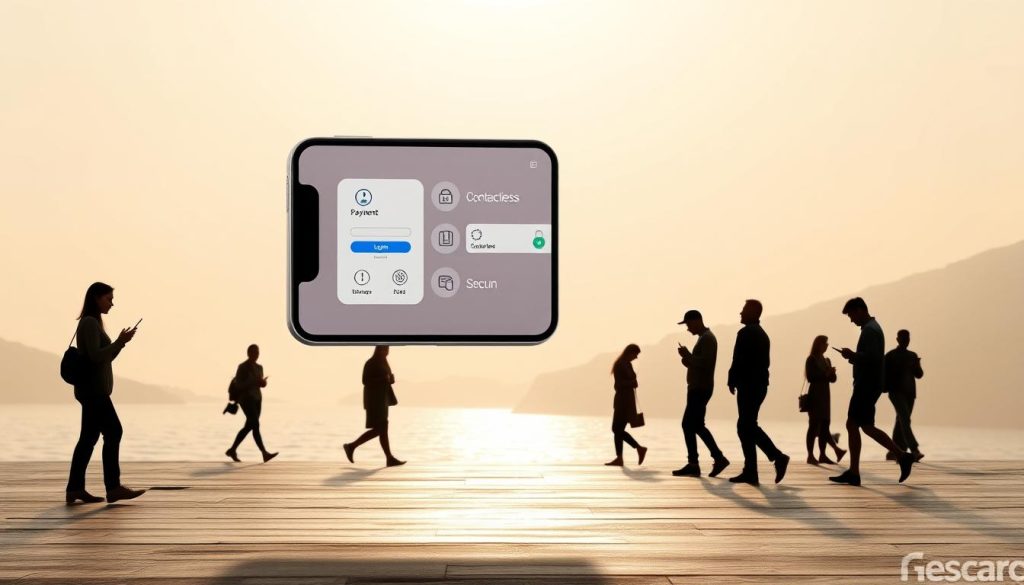
Contactless Payments and Mobile App Benefits
Contactless payments are a game-changer for travelers. With just a tap of your card or phone, you can complete transactions quickly. This is especially useful in bustling areas where time is of the essence. Mobile apps like Apple Pay and Google Pay are widely accepted, reducing the need to carry cash.
Many apps also offer real-time spending updates. This helps you track your expenses and stay within your budget. Features like transaction alerts and instant freezes add an extra layer of security. If your card is lost or stolen, you can act immediately to protect your funds.
Simplifying Budget Management
Digital banking tools make it easy to manage your money on the go. Apps like Wise and Revolut allow you to convert currencies at competitive exchange rates. This ensures you get the best value for your spending. You can also set daily limits to avoid overspending.
Setting up these tools before your trip is key. Download the apps, link your cards, and familiarize yourself with their features. This preparation ensures a smooth experience once you arrive at your destination.
By leveraging digital wallets and mobile banking, you can enjoy greater flexibility and peace of mind. These solutions make managing your money simple, so you can focus on enjoying your journey.
Budgeting and Daily Costs in Monaco
Planning your daily expenses can make your trip stress-free and enjoyable. Knowing how much to budget for accommodation, meals, and activities ensures you stay within your spending limits. Let’s break down the typical costs you’ll encounter in this vibrant city.
Daily Spending Estimates for Accommodation and Meals
Accommodation in Monaco can vary widely depending on your preferences. A mid-range hotel typically costs around $265 per night, while budget options start at $120. For meals, expect to spend about $38 for an inexpensive restaurant and $124 for a three-course meal for two at a mid-range spot.
If you’re on a tighter budget, consider self-catering or grabbing a quick bite at local cafes. This can help you save significantly over the course of your trip.
Local Transportation and Entertainment Costs
Public transportation is affordable, with a one-way ticket costing around $2.36. A monthly pass is available for $31.98, making it a great option for longer stays. Taxis are pricier, averaging $2.36 per kilometer.
For entertainment, a cinema ticket costs about $14, while renting a tennis court for an hour on the weekend is around $28. Balancing these expenses with free activities, like exploring local parks, can help you manage your spending.
| Category | Average Cost |
|---|---|
| Accommodation (mid-range) | $265/night |
| Meal (inexpensive restaurant) | $38 |
| Public Transport (one-way) | $2.36 |
| Cinema Ticket | $14 |
Tracking your daily expenses using a travel app can help you stay on track. Apps like Wise or Revolut offer real-time updates on your spending, ensuring you don’t overspend. By planning ahead and monitoring your budget, you can enjoy your trip without financial stress.
Ensuring Safe and Secure Transactions Abroad
Keeping your financial information secure while traveling is essential for a stress-free experience. Whether you’re dining at a restaurant or shopping, protecting your cards and personal data ensures peace of mind. Let’s explore practical ways to safeguard your money and avoid common pitfalls.
Protecting Your Cards and Personal Information
Your cards and personal details are valuable targets for fraudsters. Always store them in a secure place, like a hotel safe or a hidden pouch. Avoid carrying all your cards at once—keep a backup in a separate location.
Use two-factor authentication for online accounts. This adds an extra layer of security by requiring a code sent to your phone. Additionally, enable instant transaction notifications on your bank app to monitor activity in real-time.
- Store cards in a secure location.
- Use two-factor authentication for online accounts.
- Enable instant transaction notifications.
Strategies to Prevent Fraud While Traveling
Fraud is a common issue for travelers, but you can minimize risks with smart practices. Always use secure networks when accessing online banking apps. Public Wi-Fi is often unsecured, making it easy for hackers to intercept your data.
If your card is lost or stolen, contact your bank immediately. Most providers offer 24/7 support for emergencies. Keep a record of your card details and emergency contact numbers in a safe place.
Consider travel insurance that includes fraud protection. This can cover losses from unauthorized transactions and provide additional support in case of emergencies.
- Avoid using public Wi-Fi for banking.
- Contact your bank immediately if your card is lost.
- Invest in travel insurance with fraud protection.
By following these tips, you can protect your finances and enjoy your trip without worry. Stay vigilant, use secure methods, and always have a backup plan.
Integrating Technology for Easy Money Management
Technology has revolutionized the way you manage your finances while traveling. With the right tools, you can track your spending, monitor exchange rates, and stay within your budget effortlessly. Let’s explore how digital solutions can simplify your financial planning.
Top Apps and Tools for Monitoring Your Spending
Mobile apps like Wise and Revolut are game-changers for travelers. They allow you to manage multiple currencies, track expenses in real-time, and receive alerts for exchange rate changes. These features help you make informed decisions and avoid unnecessary fees.
For example, the Wise app provides live updates on your spending and offers competitive exchange rates. Revolut, on the other hand, includes budgeting tools and instant notifications for every transaction. Both apps integrate seamlessly with your travel card, giving you complete control over your finances.
Benefits of Using Technology for Budgeting
Digital tools simplify the process of tracking each expense during your trip. You can set daily limits, monitor your budget, and even freeze your card instantly if it’s lost or stolen. This level of flexibility ensures you’re always in control.
Instant notifications and in-app customer support add an extra layer of security. You’ll receive alerts for every transaction, helping you spot any unauthorized activity immediately. This peace of mind allows you to focus on enjoying your journey.
| App | Key Features | Best For |
|---|---|---|
| Wise | Live rate monitoring, multi-currency support | Frequent travelers |
| Revolut | Budgeting tools, instant notifications | Budget-conscious travelers |
| Monzo | Fee-free withdrawals, real-time updates | Short-term trips |
By leveraging these tools, you can stay on top of your spending with ease and reliability. Whether you’re dining at a restaurant or exploring a new city, technology ensures your finances are always in check.
Conclusion
Planning your finances before a trip ensures a stress-free experience. By understanding the local currency and monitoring exchange rates, you can save money and avoid unnecessary fees. Using a travel card with low fees and competitive rates is a smart way to manage your spending.
Integrating technology into your financial planning can make a big difference. Apps like Wise or Revolut help you track expenses in real-time and offer flexibility in managing multiple currencies. This ensures you stay within your budget while enjoying your journey.
Combining various payment methods, such as cards and cash, provides both convenience and safety. Always research your options and plan ahead to make the most of your trip. With the right tools and strategies, you can focus on creating unforgettable memories.
The above is subject to change.
Check back often to TRAVEL.COM for the latest travel tips and deals.
Here are some Tours & Sightseeing suggestions that might pique your interests!
